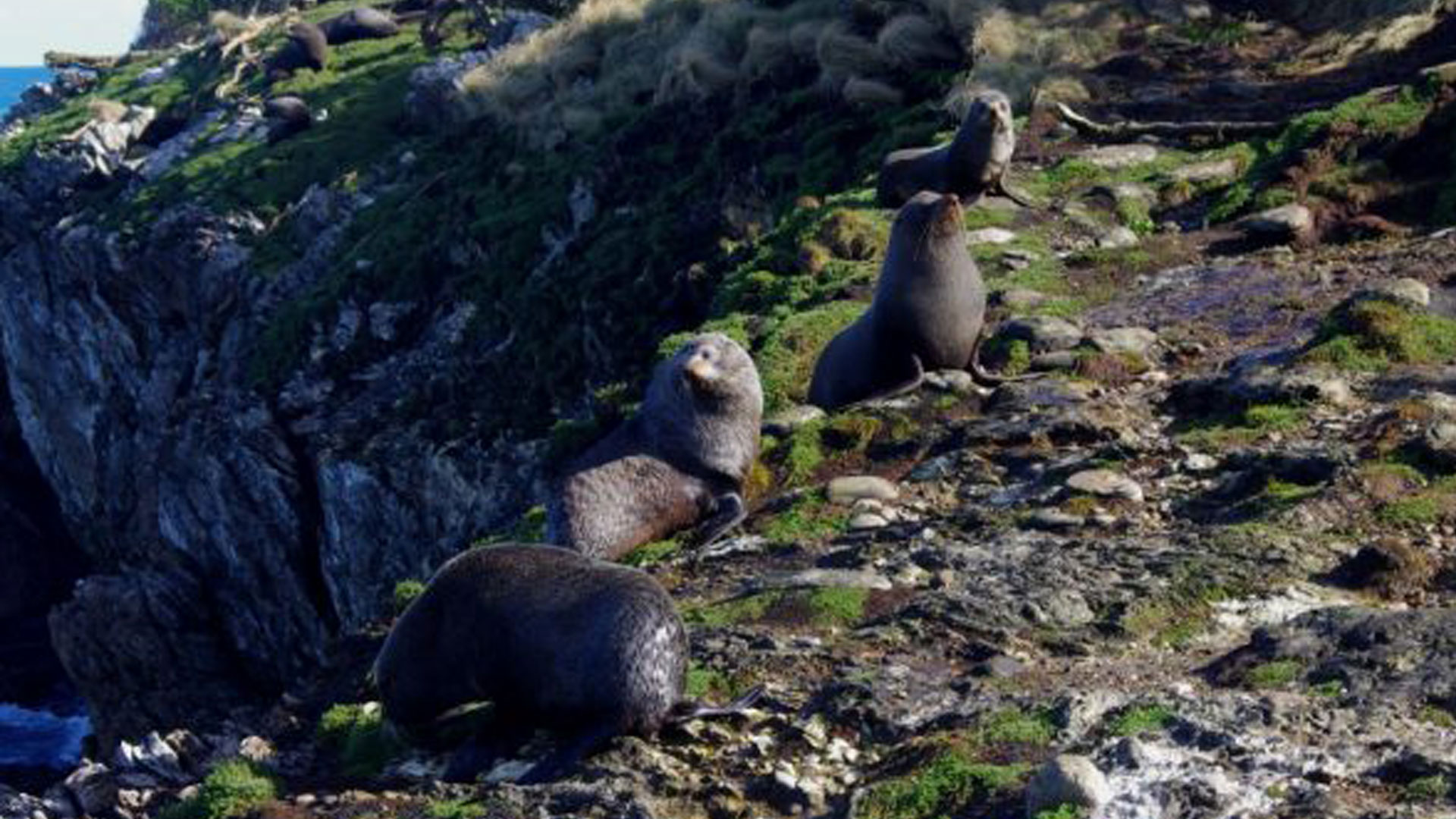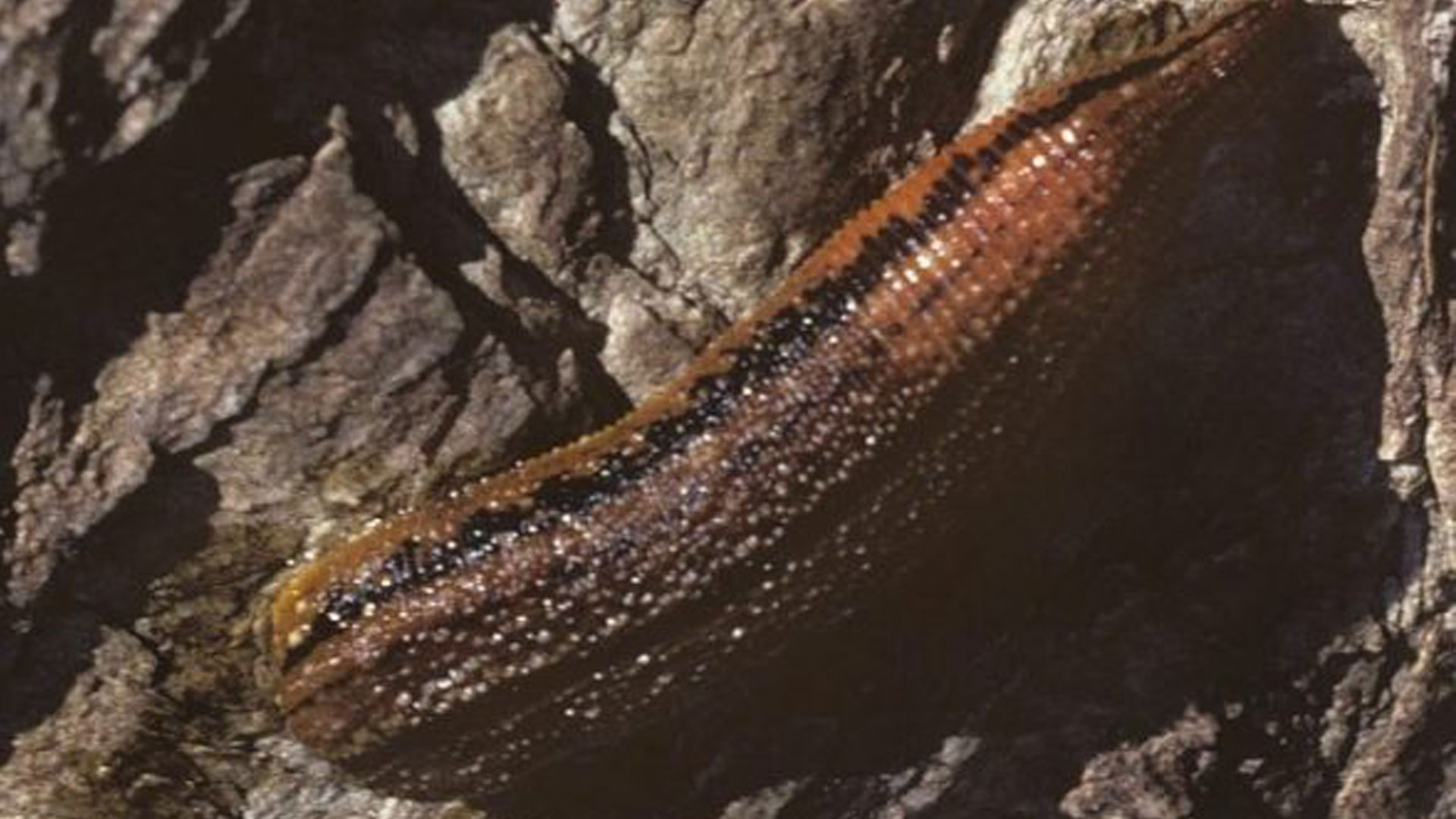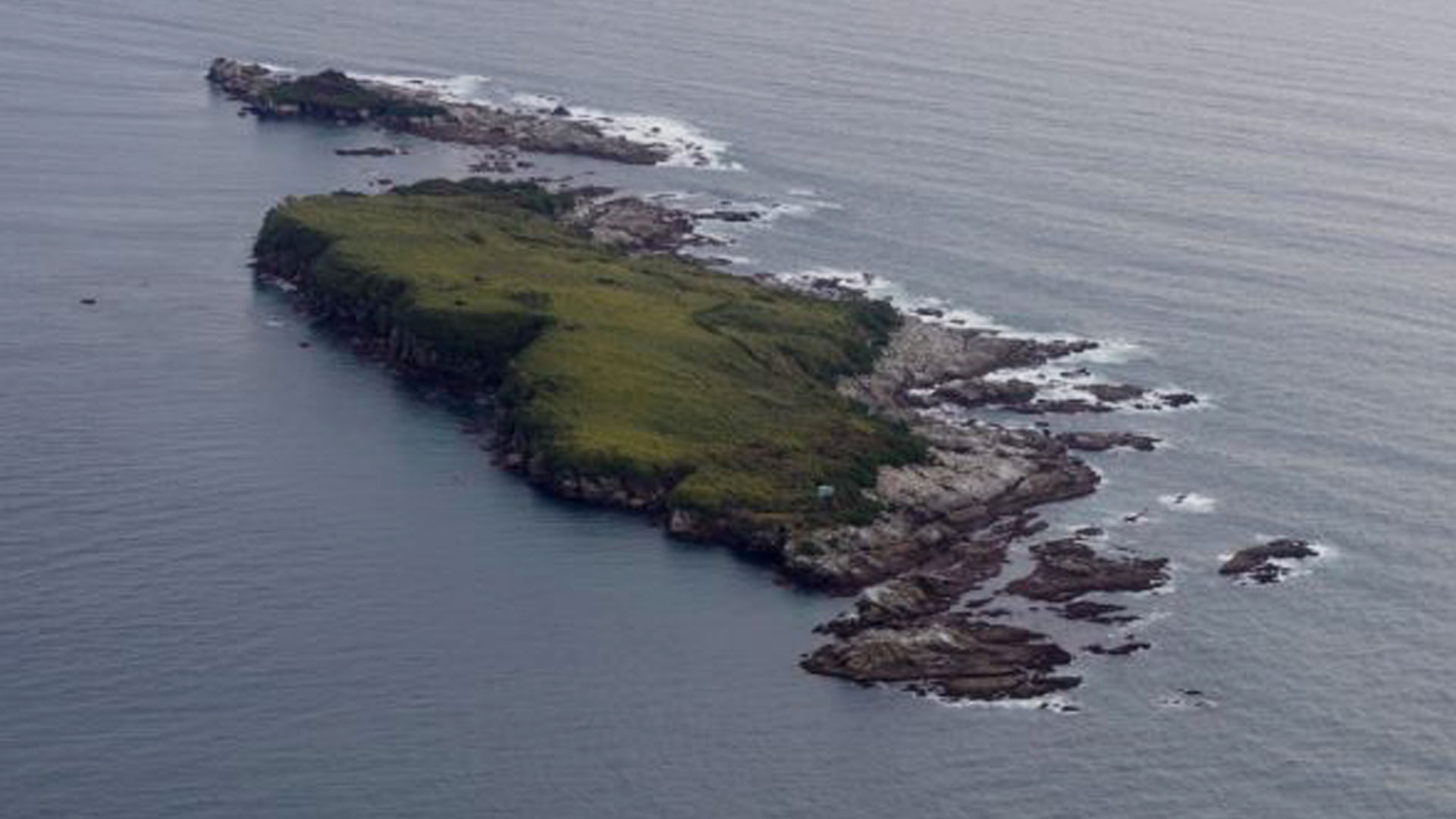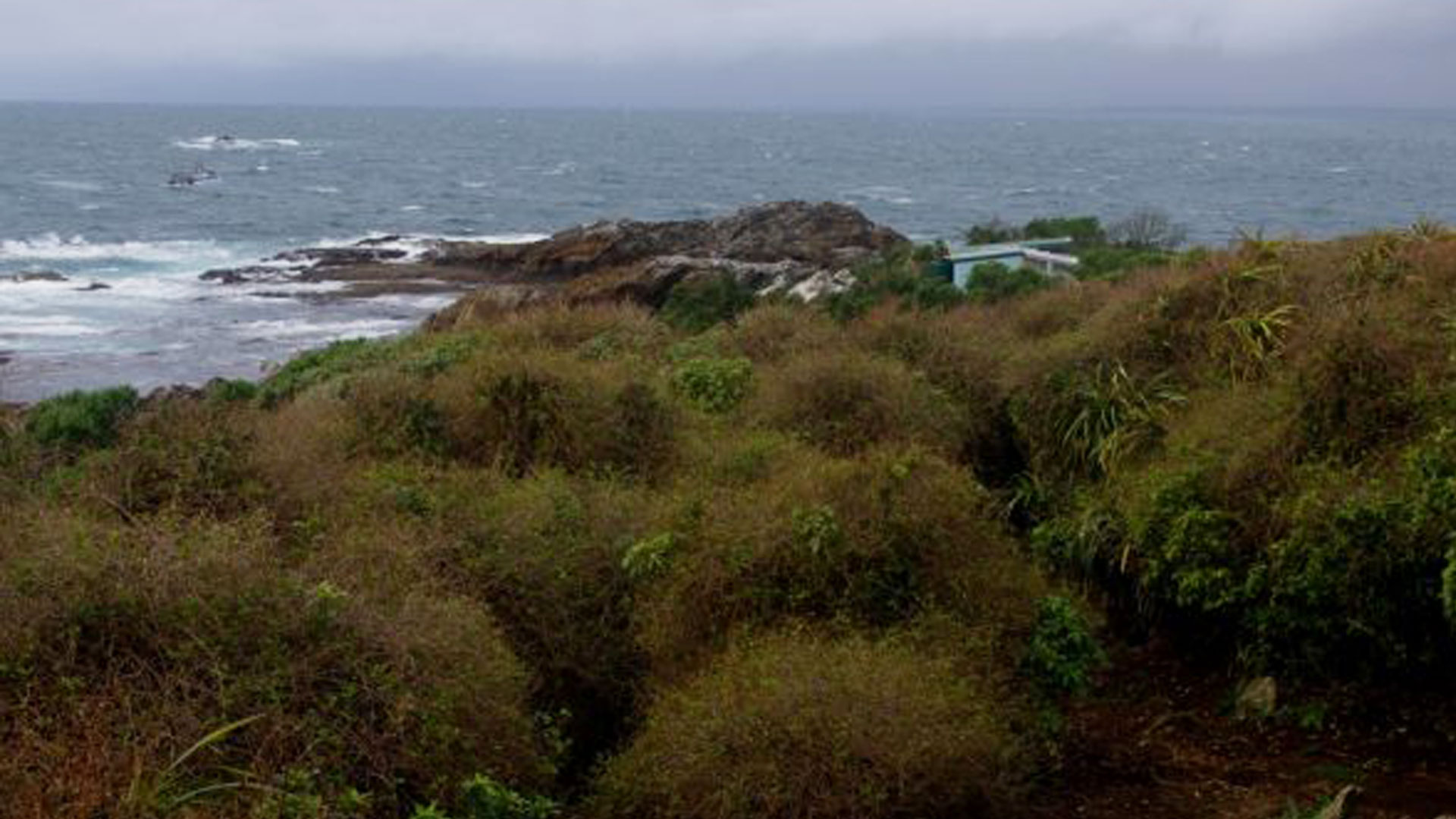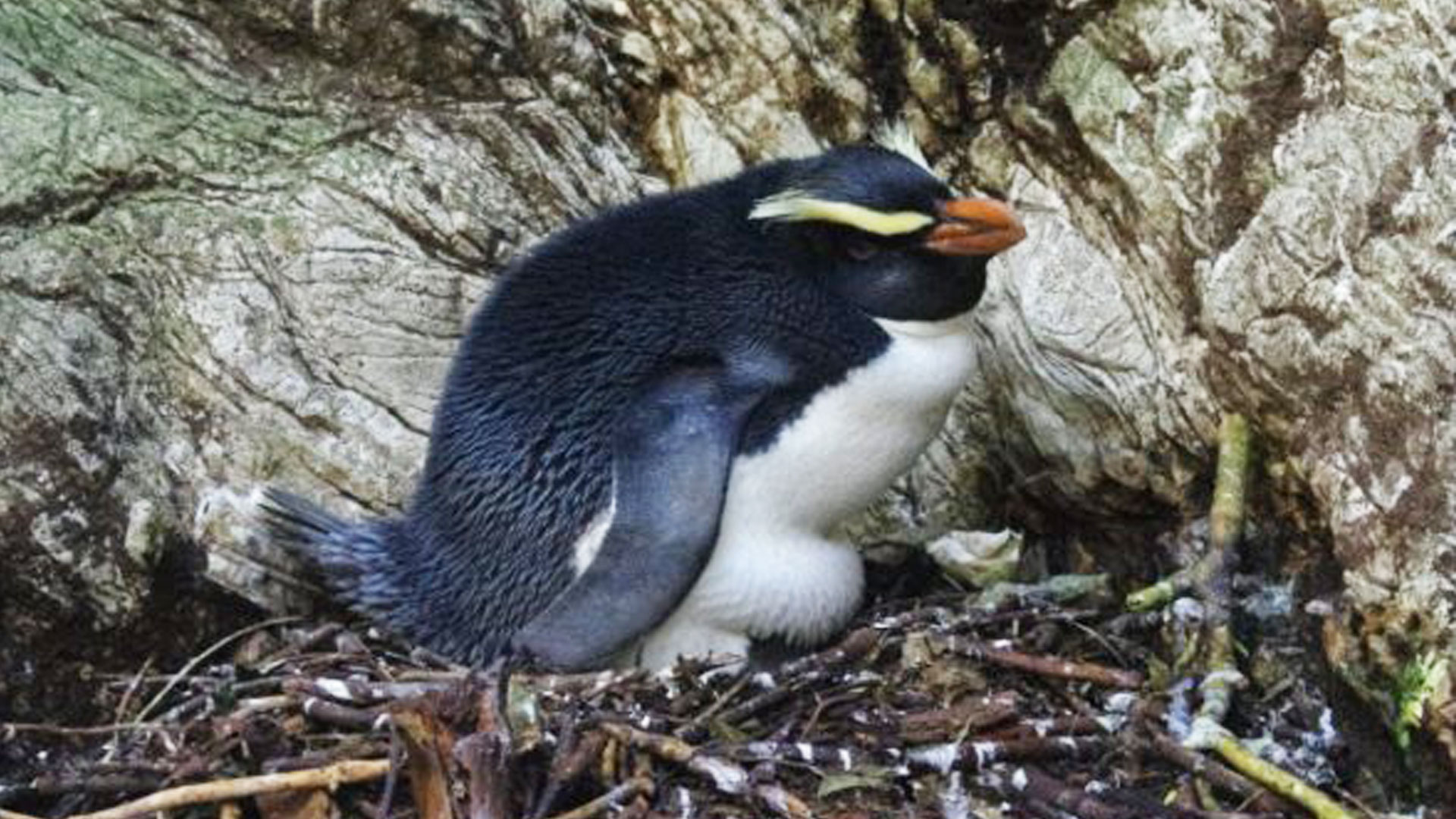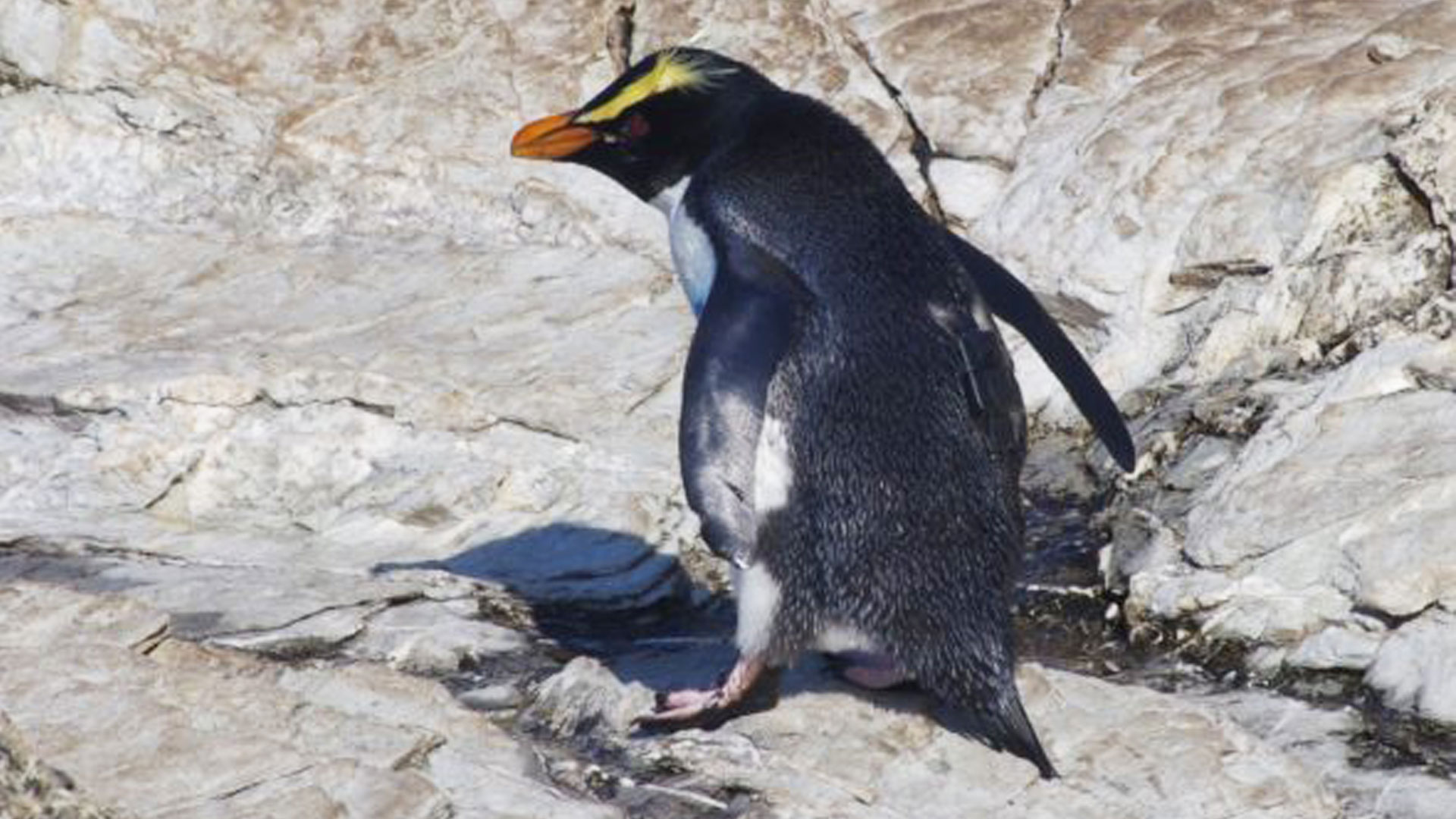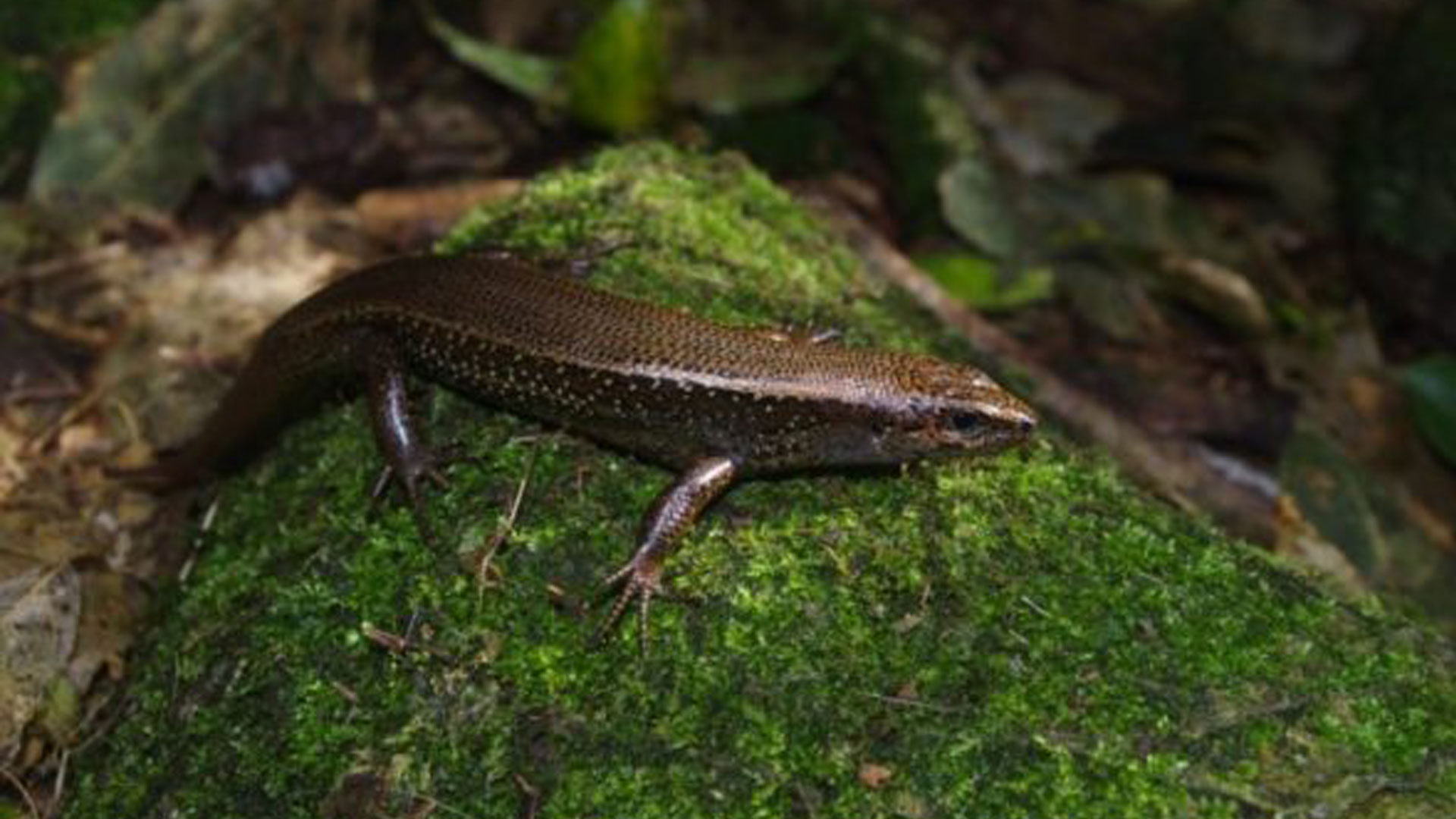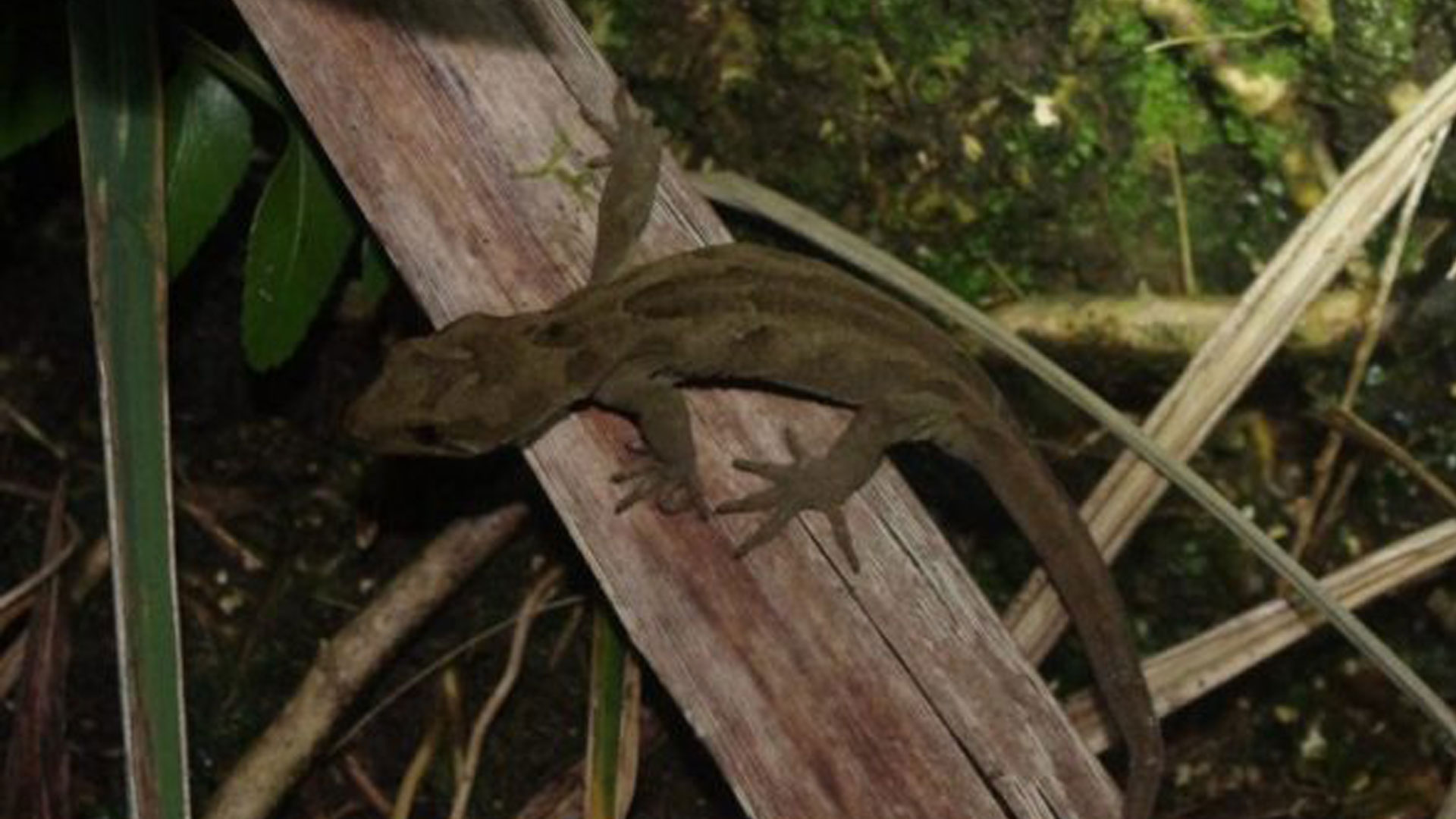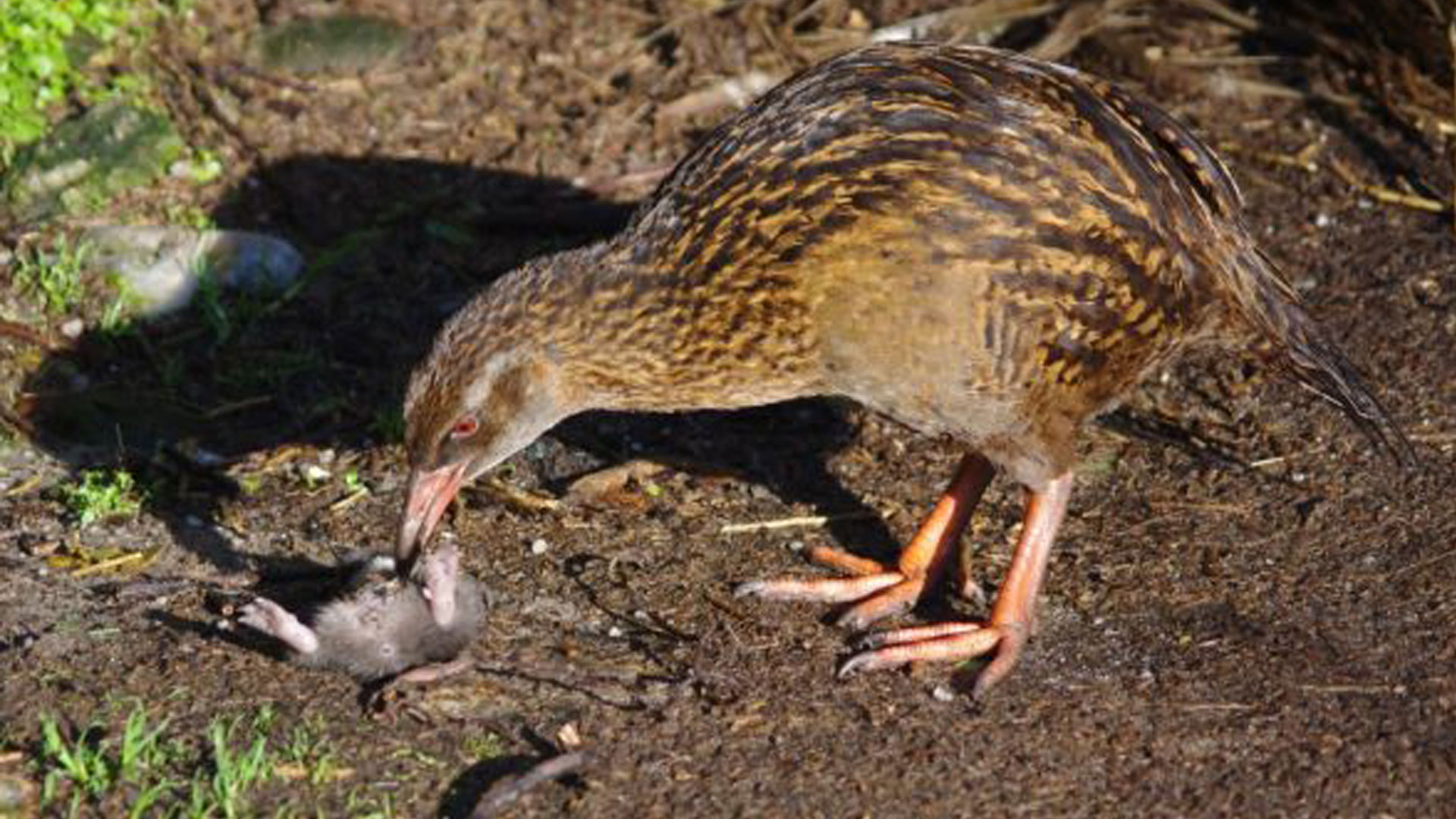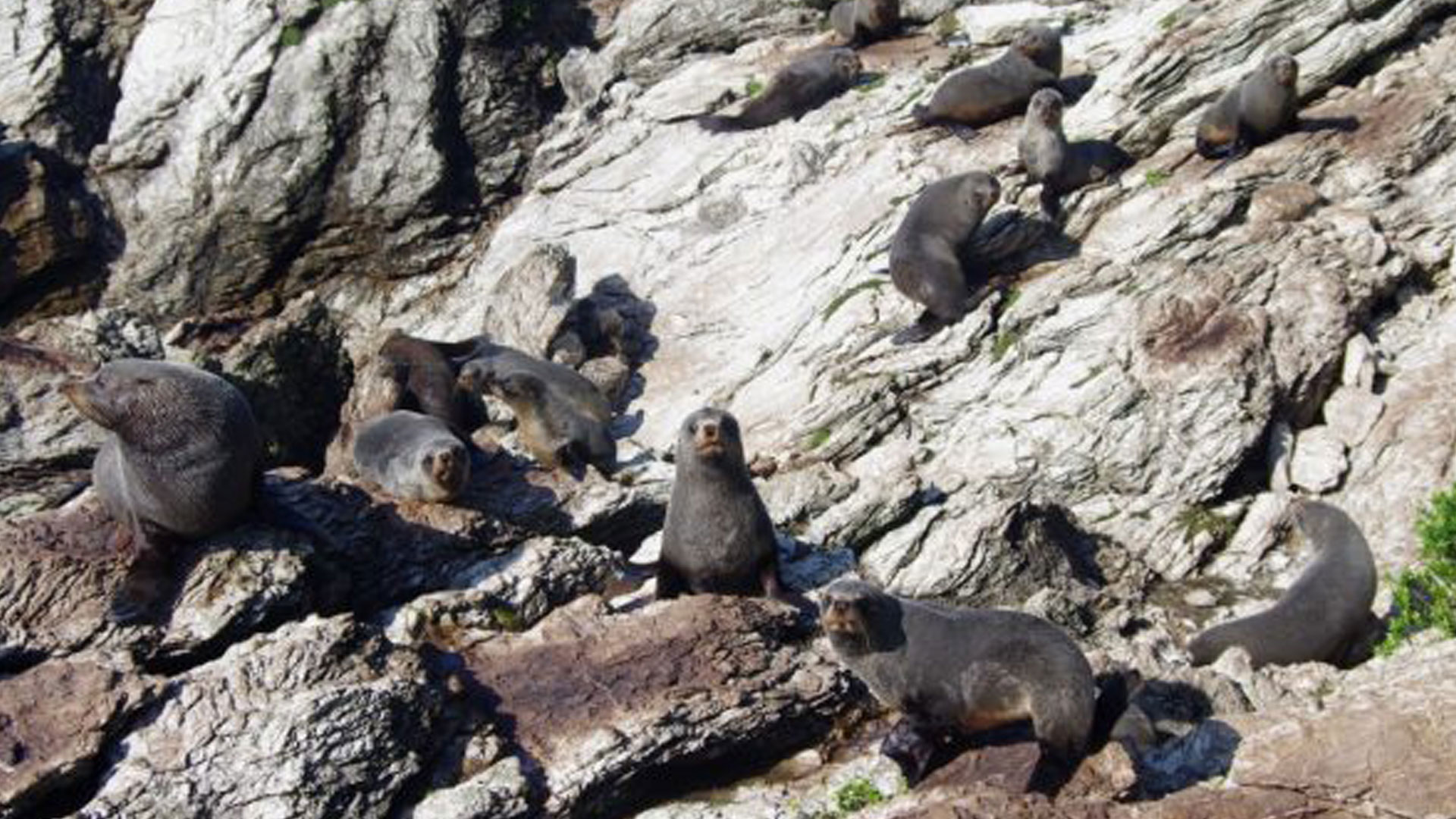This series was created in conjunction with Auckland Zoo ectotherm keeper Ben Goodwin, to shine a light on Aotearoa’s precious native invertebrates and discuss the actions we can all take to help them.
Our Earth is truly amazing; home to all sorts of weird and wonderful species with often astonishing abilities. In many ways we’ve only just scratched the surface in our understanding of wild places and wild life, and the more we know, the more we can appreciate how unique and special all life forms are.
Today we’re highlighting an extremely rare species that lacks the ordinary trappings of a conservation ‘hero’ – it hasn’t evolved a face, let alone facial muscles to tug at our heartstrings (see: puppy dog eyes), and you may even find the idea of them downright disturbing. Yet conservationists all agree - invertebrates need our help now more than ever, and it’s important to put aside our notions of what is ‘ugly’ or even ‘gross’ to help all wildlife in need.


